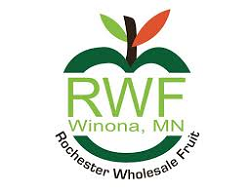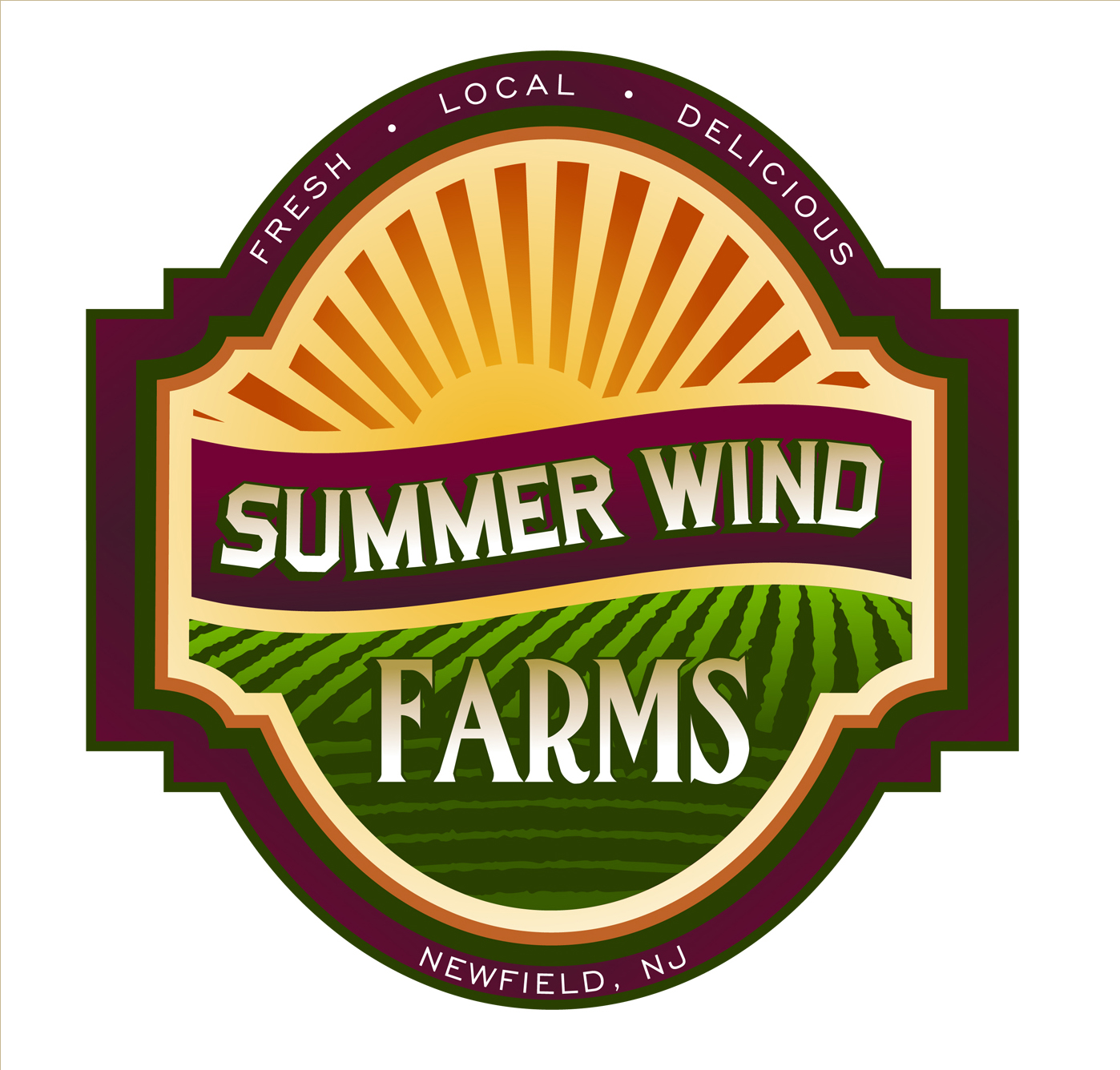In one way or another, grocery retailers have been dabbling in farming for years.
Sometimes, it feels more like a cool marketing ploy. Other times, it comes across as a partnership that actually does provide the shortest supply chain possible for a big retailer.
In the last five years, I’ve seen stores across North America showcasing in-store mushroom-farms near the cheese, vertical walls of living herbs and salad greens growing on a second floor.
Controlled environment agriculture farms, which have also proliferated since 2018, are ideally suited to this kind of collaboration. Retailers have partnered with indoor-CEA growers to establish farms on the roof, the parking lot and distribution center.
And then retailers have different arrangements with growers, sometimes participating in the farming process as early as seed genetics and variety selection.
Clearly, it’s a response to the rising consumer demand for traceability, farm-to-table ethos, origin stories and just generally wanting to know more about where their food comes from.
Should retailers stick to what they do best and leave the growing to the growing experts? Or is this a trend that helps the produce industry, resulting in a healthier general public?
I’m of the mind that anything that educates and excites the public, provides fresher food and shortens the supply chain is worth exploring. However, I don’t want growers to lose their independence and ability to choose their customers and what they want to grow.
Farming is hard enough — financially as well as agriculturally.
But it’s still kinda cool, no?
These are a few examples of how retailers have dug into the fruit and vegetable ag business the last decade:
- In 2013: Brooklyn, N.Y.-based Gotham Greens opens its second commercially scaled greenhouse, located on the rooftop of Austin, Texas-based Whole Foods Market’s flagship grocery store in Brooklyn.
- In 2019: Brooklyn, N.Y.-based Smallhold, a specialty mushroom grower, set up a small mushroom farm behind the deli counter at the same Brooklyn Whole Foods Market.
- In late 2019: Cincinnati-based Kroger announced a partnership with Berlin-based urban farm company Infarm to install modular living-produce farms to Kroger’s QFC stores in Washington state.
- In July 2020: Lakeland, Fla.-based Publix partnered with St. Petersburg, Fla.-based Brick Street Farms to grow, pack and harvest hydroponic lettuce in a 40-foot container farm, growing an equivalent of 2.5 to 3 acres of leafy greens in the parking lot of its Lakeland Greenwise Market store.
- In January 2022: Bentonville, Ark.-based Walmart invested in indoor vertical leafy greens grower Plenty, based in South San Francisco, Calif. Walmart’s equity investment is part of a $400 million Series E funding round. The long-term commercial agreement allows Walmart to source Plenty’s leafy greens for all its California stores from Plenty’s Compton farm.
- In November 2022: Providence, R.I.-based United Natural Foods Inc. and New York-based indoor grower Square Roots agreed to co-locate Square Roots’ indoor farms on-site at select UNFI distribution centers. The first Square Roots farm, about 20,000 square feet, was planned for UNFI’s Prescott, Wis., facility, scheduled to open in 2023.
- In December 2022: Smallhold now has miniature mushroom farms in 10 Central Market stores in Texas, among other supermarkets and restaurants, and plans to launch more in the near future. The minifarms have four or five shelves, each of which is controlled for humidity, light, temperature and carbon dioxide, and are harvested by store employees.
- In July 2023: Walmart, along with PepsiCo, announced a seven-year collaboration to pursue $120 million worth of investments supporting U.S. and Canadian farmers in their effort to improve soil health and water quality. Walmart aims to enable and accelerate more regenerative agriculture practices on more than 2 million acres of farmland and deliver about 4 million metric tons of greenhouse gas emission reductions and removals by 2030.














